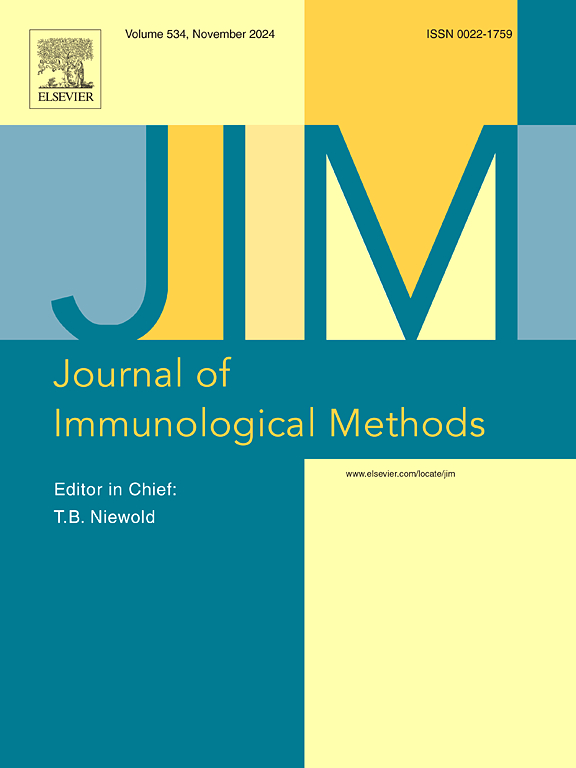A note of caution for using calmodulin antibodies
IF 1.6
4区 医学
Q4 BIOCHEMICAL RESEARCH METHODS
引用次数: 0
Abstract
Calmodulin (CaM) is a ubiquitous intracellular calcium receptor that regulates a plethora of cellular functions through interactions with target proteins. In mammals, an identical Calmodulin protein is expressed by 3 independent genes (CALM1, CALM2, CALM3). Therefore, antibodies generated against either of the three products (CaM1, CaM2, CaM3) of these genes cannot be distinguished, and conclusions based on the supposedly specific CaM antibodies claiming functions of one of the 3 genes may be misleading. In this paper we present 44 articles, using such antibodies for Western blot, ELISA assay, immunohistochemistry or which are based on proteomics and the use of databases with incorrect annotations, all potentially reaching misleading conclusions. This should be taken as a note of caution for researchers working with Calmodulin antibodies and misleading databases.
使用钙调蛋白抗体需谨慎。
钙调蛋白(Calmodulin,CaM)是一种无处不在的细胞内钙受体,它通过与靶蛋白的相互作用来调节大量的细胞功能。在哺乳动物体内,相同的钙调素蛋白由 3 个独立基因(CALM1、CALM2 和 CALM3)表达。因此,针对这些基因的三种产物(CaM1、CaM2、CaM3)中的任何一种产生的抗体都无法区分,根据声称具有这三种基因之一功能的所谓特异性 CaM 抗体得出的结论可能会产生误导。在本文中,我们介绍了44篇文章,这些文章使用此类抗体进行Western印迹、ELISA检测、免疫组化,或基于蛋白质组学和使用注释不正确的数据库,所有这些都可能得出误导性结论。研究人员在使用钙调蛋白抗体和误导性数据库时应引以为戒。
本文章由计算机程序翻译,如有差异,请以英文原文为准。
求助全文
约1分钟内获得全文
求助全文
来源期刊
CiteScore
4.10
自引率
0.00%
发文量
120
审稿时长
3 months
期刊介绍:
The Journal of Immunological Methods is devoted to covering techniques for: (1) Quantitating and detecting antibodies and/or antigens. (2) Purifying immunoglobulins, lymphokines and other molecules of the immune system. (3) Isolating antigens and other substances important in immunological processes. (4) Labelling antigens and antibodies. (5) Localizing antigens and/or antibodies in tissues and cells. (6) Detecting, and fractionating immunocompetent cells. (7) Assaying for cellular immunity. (8) Documenting cell-cell interactions. (9) Initiating immunity and unresponsiveness. (10) Transplanting tissues. (11) Studying items closely related to immunity such as complement, reticuloendothelial system and others. (12) Molecular techniques for studying immune cells and their receptors. (13) Imaging of the immune system. (14) Methods for production or their fragments in eukaryotic and prokaryotic cells.
In addition the journal will publish articles on novel methods for analysing the organization, structure and expression of genes for immunologically important molecules such as immunoglobulins, T cell receptors and accessory molecules involved in antigen recognition, processing and presentation. Submitted full length manuscripts should describe new methods of broad applicability to immunology and not simply the application of an established method to a particular substance - although papers describing such applications may be considered for publication as a short Technical Note. Review articles will also be published by the Journal of Immunological Methods. In general these manuscripts are by solicitation however anyone interested in submitting a review can contact the Reviews Editor and provide an outline of the proposed review.

 求助内容:
求助内容: 应助结果提醒方式:
应助结果提醒方式:


